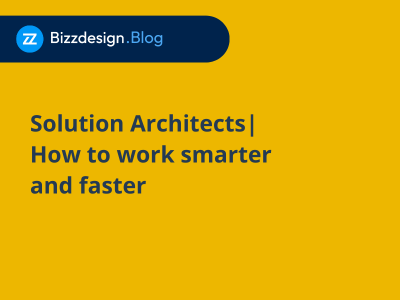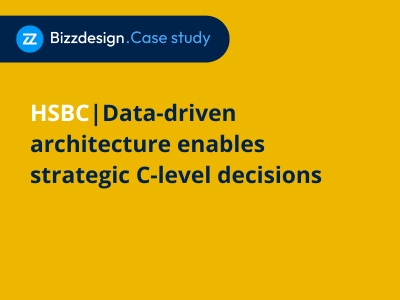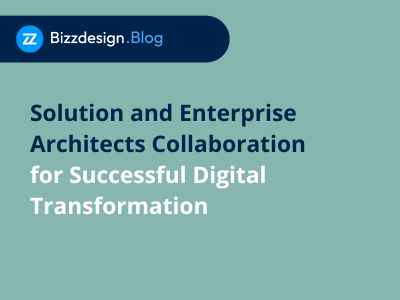



Book a call with us
Learn how siloed approaches hinder digital transformation progress
How collaboration shapes strategies more effectively and other benefits
Discover modern methods for solution and enterprise architects to collaborate


Investment in change initiatives has been consistently rising, with 2022 data indicating a compound annual growth rate of almost 17% [1]. Concurrently, a staggering 97% of business executives acknowledge the unprecedented pace at which change is happening [2].
However, 70% of these change initiatives still fail [3] despite increased funding and urgency. Factors like leadership dynamics, company culture, and political influences play their parts. However, the lack of information and communication is an important reason for the failure of change.
As businesses increasingly delve into the complexities of digital transformation and artificial intelligence, the intricacies grow multifold, underscoring the critical importance of a clear organizational architecture.
Therefore, there's an urgent call for solution and enterprise architects to work together. Collaboration is essential, as you each bring unique perspectives to the table that are instrumental in driving organizational change.


Work more efficiently with one change in perspective
Solution Architecture Foundations for a Digital Enterprise
BLOG
Success Story HSBC
BLOG

Let's show you how Bizzdesign Horizzon can help your team to become agile.
Learn from these
related resources
Solution architects
Solution architects are typically immersed in more implementation-focused and technology-centric projects. Your primary role revolves around delving into the intricate details of individual solutions, ensuring they are well-designed and effectively meet specific business objectives. These architects often handle tasks related to specific change initiatives, focusing on the finer aspects of a broader transformation vision.
Enterprise architects
On the other hand, enterprise architects oversee the overarching transformation vision. Your perspective extends beyond technological aspects, encompassing organizational, processual, and other changes necessary for a successful digital transformation. You take a holistic view of the organization, ensuring that all transformation efforts align with strategic goals. However, without practical, ground-level solutions, their strategies may remain theoretical and disconnected from the actual implementation.
Differences between solution and enterprise architects
Benefits of collaboration between solution and enterprise architects
How solution and enterprise architects can work better - together
Why solution and enterprise
architects need to collaborate – better together
GUIDE
Key takeaways
Introduction
Collaboration:
Solution and
enterprise architects
Bizzdesign Solution Architecture
Designing Better Solutions
Raise the quality and impact of deliverables
Watch On-Demand



In the digital age, siloed approaches hinder progress. Organizations need these two roles to work together, enriching and complementing each other. This collaborative synergy not only ensures the success of individual initiatives but also strengthens the organization's ability to evolve, adapt, and thrive in the ever-changing digital landscape
When these two roles work together, you can shape products and strategies more effectively, leading to well-informed decision-making and balanced trade-offs, considering time, risk, and financial resources. This collaborative effort enhances the quality and impact of deliverables, optimizes operations, and effectively navigates the complexities associated with change. Consequently, this collaboration significantly reduces the failure rate of change initiatives, ultimately ensuring the success of digital transformation endeavors.
Why collaboration is crucial
Let’s look at it in another way: In the banking industry, this collaboration is essential as banks aim to provide a seamless and digitally-driven customer experience. Solution architects ensure that individual digital initiatives, like mobile banking apps, are well-designed and well-integrated into the organization and meet customer needs. Meanwhile, enterprise architects ensure that these initiatives provide comprehensive support for the transformation strategy of becoming a fully digital bank.
Without collaboration, the risk of disjointed and inefficient initiatives arises. In other words, a bank could invest heavily in a mobile app without realizing that a broader digital strategy requires significant changes to the back-end systems and processes, leading to costly inefficiencies and potentially disappointing customer experiences.




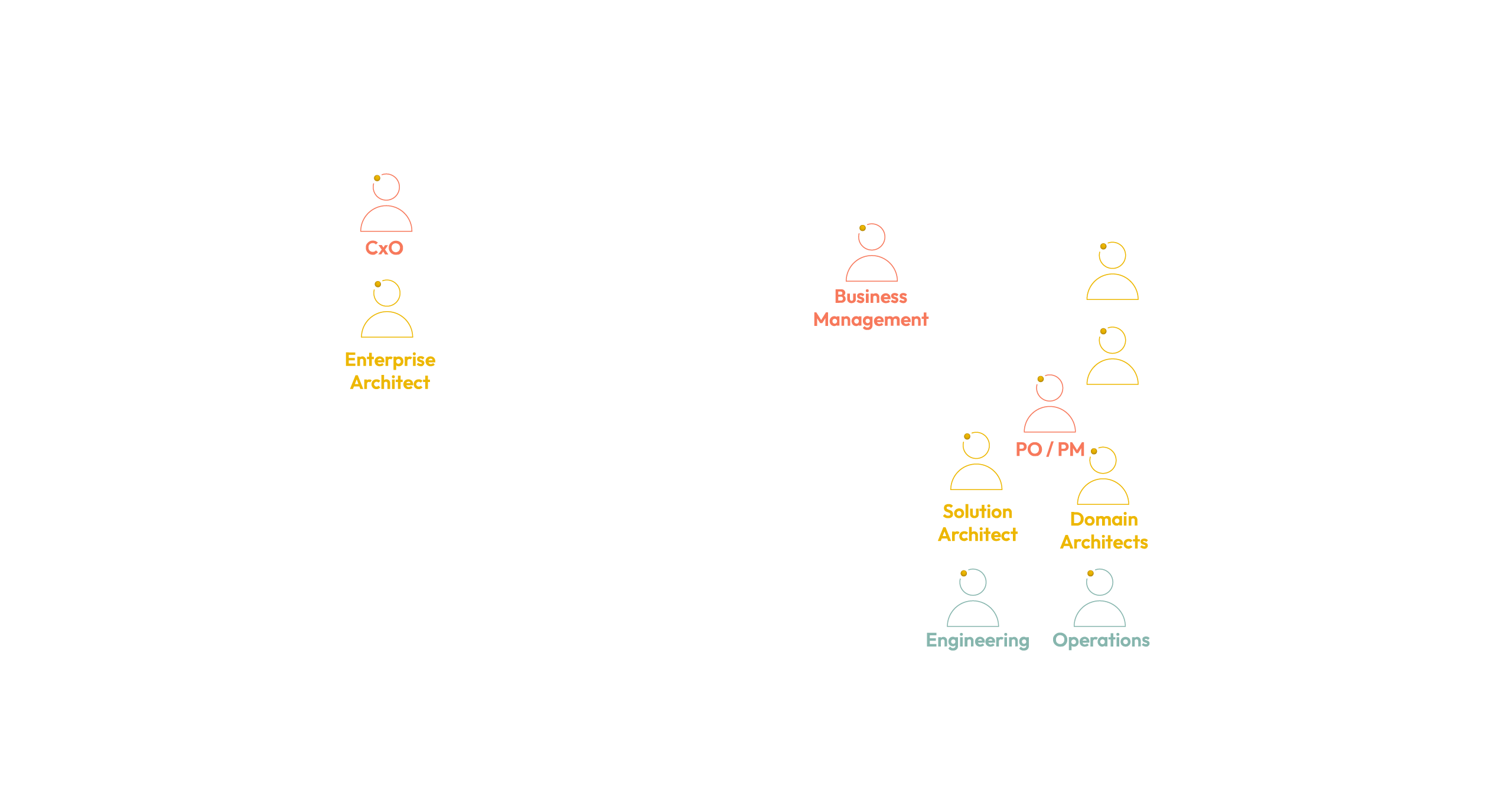

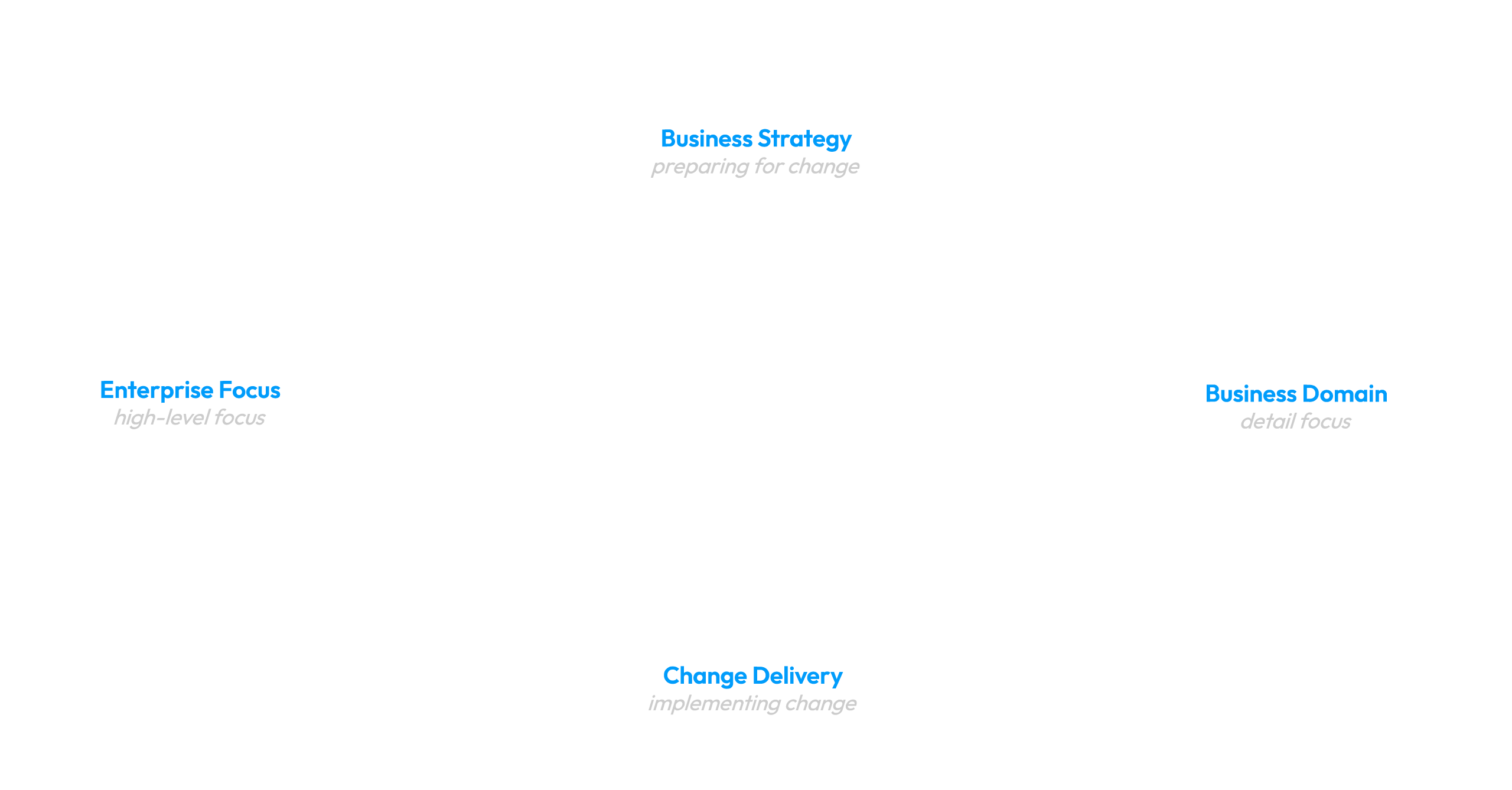




Successful organizational change requires a multifaceted approach, integrating top-level strategy, practical domain-specific focus, and effective execution.
Typical collaboration zones in organizations
1. Engage in collaborative modeling
Collaborative modeling offers architects a shared platform for creating, editing, managing, and governing data and architecture models. This method allows geographically dispersed architecture teams to collaborate effectively. It facilitates real-time information and knowledge sharing, ensuring that all relevant stakeholders access the relevant data when needed.
Collaborative modeling also involves establishing data policies and rules to guide modeling processes. The benefits of this approach include efficient creation and maintenance of architectural information, meaningful impact analysis, dynamic solution architectures, and enhanced organization-wide collaboration.
Furthermore, it supports integration with other systems like ServiceNow or Atlassian Jira, enabling the development of a comprehensive solution architecture that connects strategy to operations, often referred to as a golden thread. This added flexibility allows the model to evolve and expand as required.
Solution and enterprise architects should clearly understand their roles and responsibilities as a first step. Solution architects should focus on designing and implementing solutions that meet specific business needs. Similarly, enterprise architects should take a broader view of the organization's technology landscape and ensure that solutions align with the overall enterprise architecture.
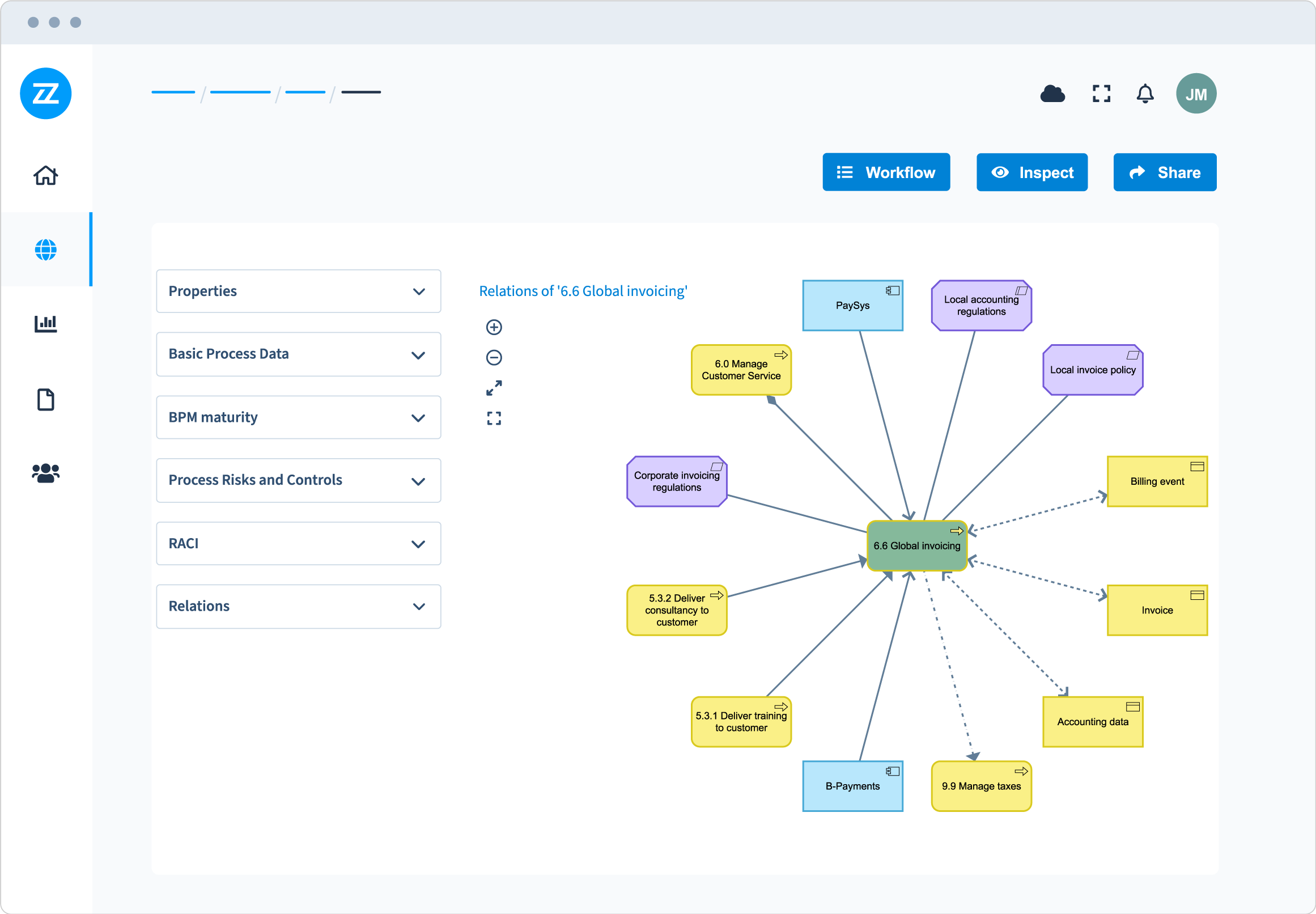
Source: Bizzdesign Horizzon
2. Create unified architectural information
Creating unified architectural information is crucial because it provides architects with a clear language and understanding of the broader enterprise. This clarity enables teams to focus on essential aspects, ensuring their designs and decisions are clear and effective. This approach is particularly valuable when collaborating across organizational units to maintain consistent practices and shared comprehension.
Before delving into the design phase, it's essential to establish clear rules and boundaries. Solution architects should use existing resources like enterprise models to stay in sync with the broader organizational context. This streamline processes and guarantees a thorough impact analysis, accommodating stakeholder decision-making during shifts and changes.
Unified information also equips architects to tackle complexities, recognize potential scenarios, and make informed decisions related to change. It serves as a driving force for change implementation and efficient data management, facilitating impact and problem analyses. Furthermore, it empowers architects to harness data from systems like ServiceNow and Atlassian Jira for comprehensive end-to-end analysis, bridging the gap between strategic vision and operational execution.

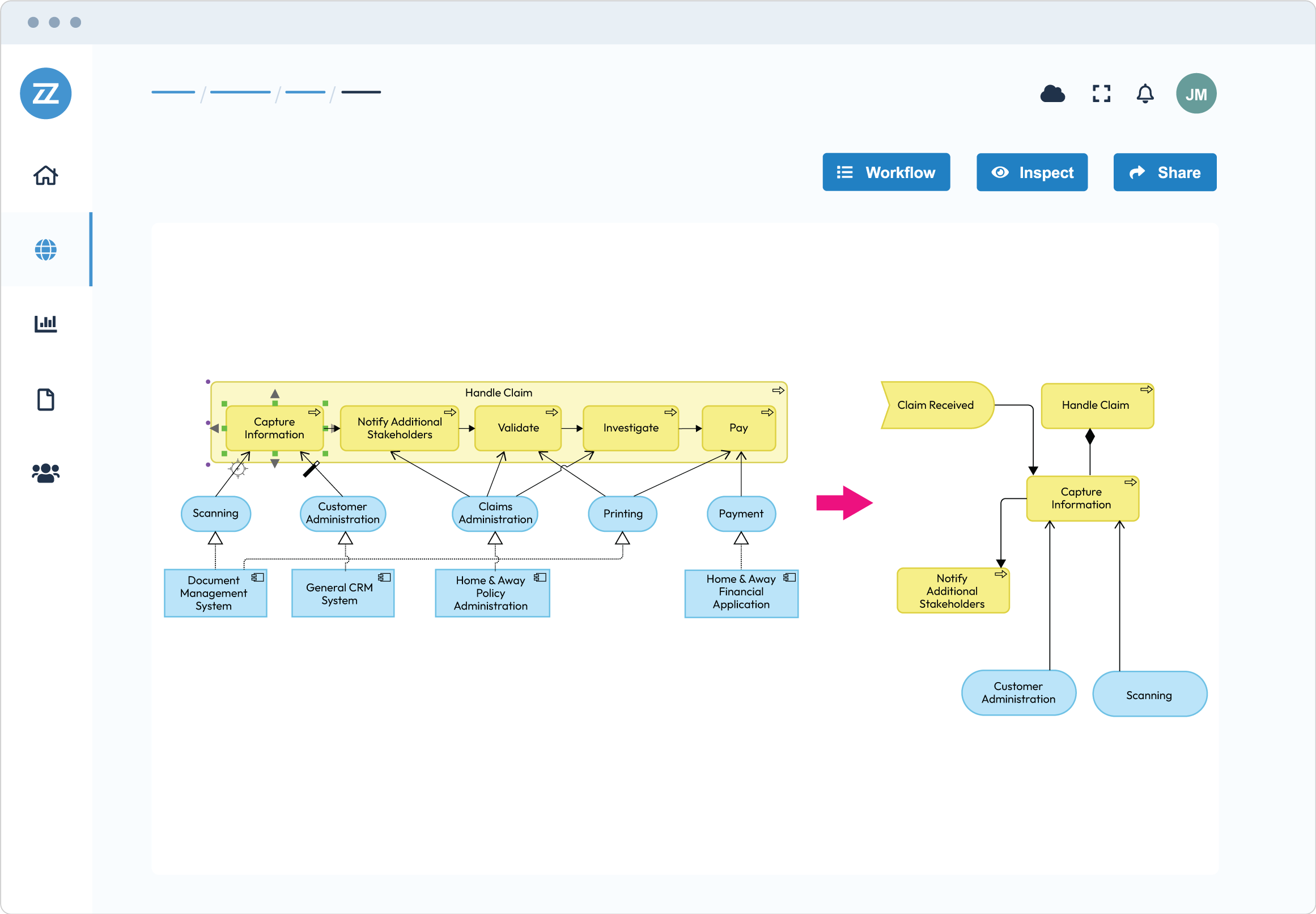
Source: Bizzdesign Horizzon
3. Practice designing dynamic architectures
Your architecture is always in motion. Dynamic architecture involves designing systems that effortlessly adapt to shifting changes and evolving requirements—a concept gaining increasing prominence in our dynamic digital age. With a dynamic architecture, it becomes easy to change and/or extend an existing solution, accommodating new features and adapting to changing demands. This agility ensures systems stay competitive and relevant, a vital edge in the ever-shifting tech landscape.
Architects must practice dynamic architecture to handle complex business issues and execute change effectively. Dynamic architecture aids in conducting impact analysis, enabling problem analysis, and facilitating solution design.
Collaboration between solution and enterprise architects becomes essential in creating dynamic architectures. Solution architects bring hands-on expertise, focusing on the architectural aspects of implementation, while enterprise architects provide the overall architecture underpinning and the strategic vision. Together, you can design architectures that seamlessly align with the organization's goals, adapting to new trends, scaling resources efficiently, and optimizing performance—all while staying ahead of the competition.
Dynamic architecture isn't just about future-proofing systems; it's about thriving in an environment where change is the norm. It empowers organizations to navigate uncertainty with confidence, transforming challenges into opportunities.

Source: Bizzdesign Horizzon
4. Deploy ‘slim-fit’ design toolkits
A recommended practice for solution and enterprise architects is establishing streamlined design toolkits called 'slim-fit' toolkits. These toolkits are tailored to the specific needs of architectural teams, providing a straightforward and efficient set of tools for completing designs. They capture essential steps in the design process and evolve alongside the organization's changing requirements.
These 'slim-fit' design toolkits offer several advantages. They simplify complex tasks by focusing on proven and refined working methods, ensuring efficiency and consistency across architectural projects and deliverables. Additionally, they serve
as a valuable resource for guiding designers, promoting best practices, and facilitating seamless collaboration within the organization. Moreover, these toolkits enable centralized work management, integrating governance and value into the design process. This results in better architectural decisions and, ultimately, highly effective transformation execution.
Essentially, 'slim-fit' design toolkits are pre-defined, dynamic design deliverables task-specific resources that streamline design processes and enhance the effectiveness of architecture teams and groups.

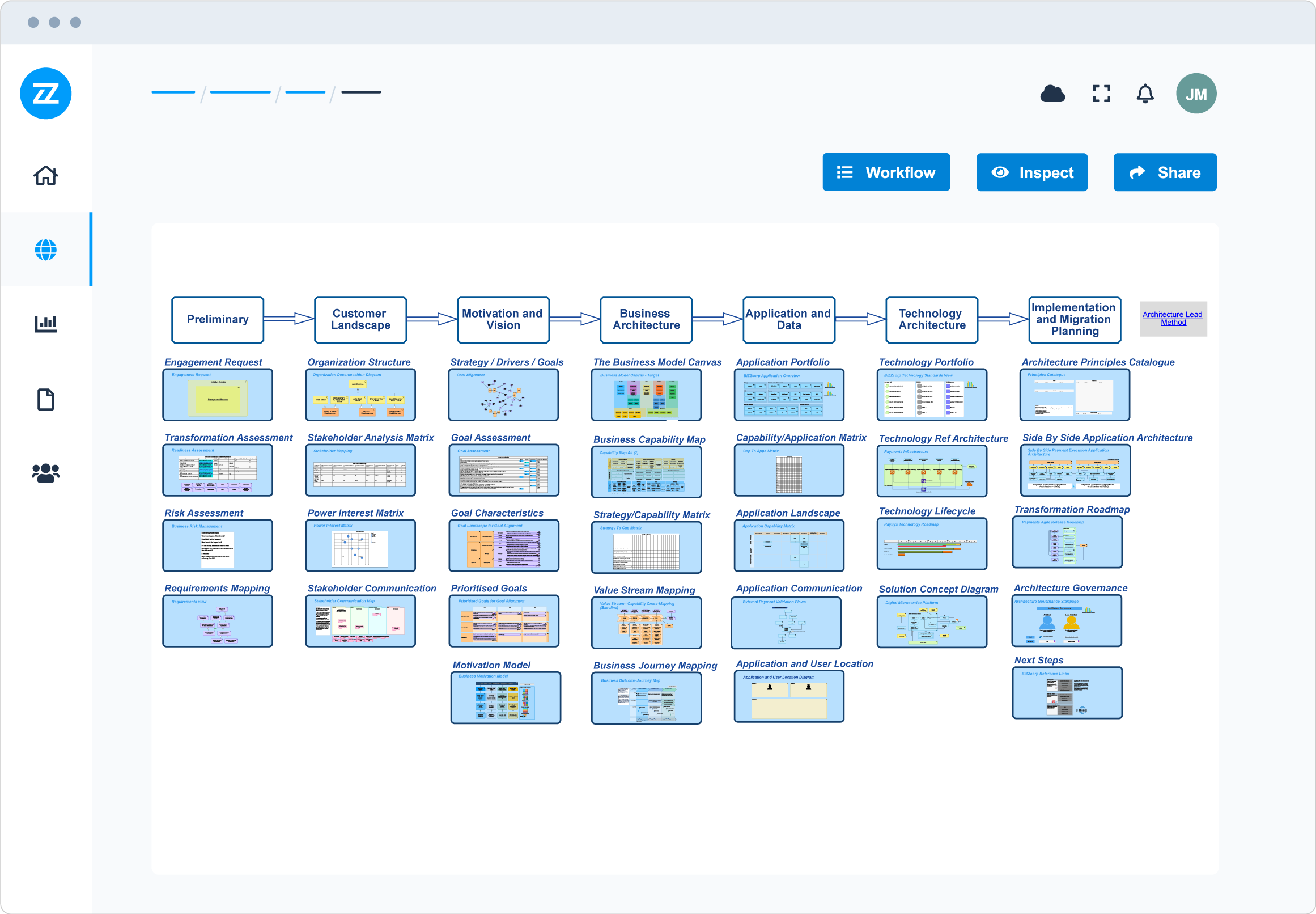
Source: Bizzdesign Horizzon
Source: Bizzdesign Horizzon
Using an enterprise architecture tool for collaboration between solution and enterprise architects is a strategic move that can significantly enhance workflow and foster better business outcomes. The good news is that the tools commonly used for broader enterprise architecture tasks within your organization can seamlessly support and expedite your work.
While it might not be immediately evident due to differences in scope, the fundamental challenges addressed by enterprise architecture tools align surprisingly well with the needs of solution architects. Enterprise architecture tools are designed to establish a common language and a centralized repository of artifacts, facilitating clear communication and effortless collaboration among teams. Similarly, solution architects face the challenge of conveying information-dense deliverables in context, where enterprise architecture tools excel by contextualizing data-rich content.
Designing systems tailored to meet specific business needs is paramount in solution architecture. However, solution architects often use simplistic and disjointed tools that don't fully support their needs. In the modern, fast-paced landscape, this approach is no longer sustainable. Enterprise architecture tools offer a solution by offering reliable, current, and re-usable architectural information. This helps solution architectures improve the speed, quality, and impact of their design work.
For instance, modern enterprise architecture tools can automatically discover and enrich your current-state architecture, streamlining activities like impact analysis and scenario planning. Additionally, once your existing architecture is discovered, these tools can assist in assessing new solution requirements, options, and opportunities.
Beyond data identification and exposure, enterprise architecture tools can create metamodel-based templates. These templates empower you to reduce repetitive tasks and establish high-quality, scalable architecture activities and results. This enables content reuse, facilitating rapid iterations and delivering new solution architectures without starting from scratch, thereby minimizing the likelihood of errors.
The best enterprise architecture tools also support common design frameworks like C4, Arc42, Google Cloud Platform, Amazon Web Services, Microsoft Azure, etc., and let you add your design patterns and frameworks as standard templates.
Some modern enterprise architecture tools now come with automated review and approval workflows, simplifying and enhancing your control over the process. These tools allow flexible automation of your review and approval workflow, collect feedback, enable collaborative development during the review, and store artifacts in a central repository for archiving and compliance.
Applying enterprise architecture tools to solution architecture fundamentally transforms your workflow, reducing waste and improving efficiency across the board.
In summary, utilizing the same enterprise architecture tools for solution and enterprise architects promotes collaboration by providing a common platform for communication, centralizing data, and streamlining workflows. It leverages the dynamic capabilities of modern enterprise architecture tools to accelerate productivity, reduce manual tasks, and ultimately deliver better business outcomes.
Get design work done faster
Improve communication

Matthijs Scholten
Product & Innovation
Manager at Bizzdesign
[1] https://www.idc.com/getdoc.jsp?containerId=US47115521
[2] https://www.statista.com/statistics/1200465/covid-digital-transformation-global/
[3] https://www.mckinsey.com/business-functions/transformation/our-insights/perspectives-on-transformation
Conclusion
The collaboration between enterprise and solution architects is crucial because it offers distinct yet equally important and complementary perspectives on change. Enterprise architects possess a holistic, end-to-end organization overview and frequently focus on long-term roadmaps and large-scale change strategies.
In contrast, solution architects concentrate more on particular business or technology domains and often face time and budget pressures when implementing change initiatives. Collaborating ensures a deeper understanding of the architecture and the necessary changes.
This partnership aids in supporting management decisions regarding time, risk, and cost trade-offs and in confidently executing changes. Their combined efforts also promote a more organized approach, enhancing the quality and impact of the outcomes.
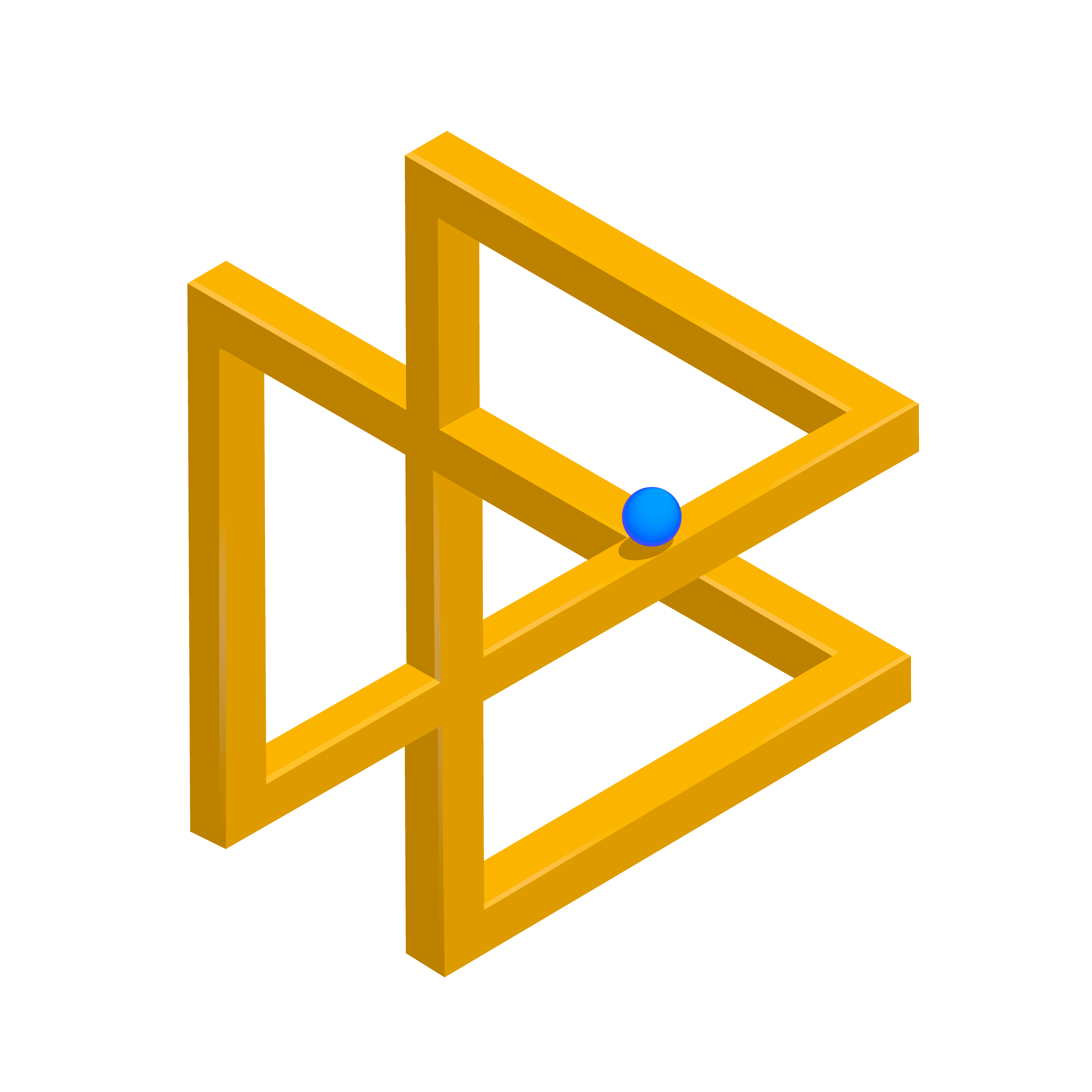


The collaboration between solution and enterprise architects plays a pivotal role in achieving successful digital transformation and ensuring that organizations remain agile, competitive, and aligned with their strategic objectives. It facilitates the integration of diverse perspectives on change, effectively bridging the gap between envisioning transformation and implementing it.
When these two roles collaborate, you:
1. Design better business solutions: When solution architects and enterprise architects work in harmony, you can design solutions that seamlessly align with the organization's overarching strategy and architecture. This alignment translates into improved business outcomes and enhances overall value for the organization.
2. Produce high-quality designs: The synergy between solution and enterprise architects often results in exceptionally high-quality designs. These designs are meticulously tailored to meet the needs of all stakeholders, ensuring that the solution is effective and efficient in its execution.
3. Automate time-consuming tasks: By pooling their expertise, solution architects and enterprise architects can streamline and automate time-consuming tasks, such as documentation and reporting. This automation liberates valuable time and resources, enabling these professionals to focus on more strategic and impactful activities.
4. Accelerate project completion: Collaboration between solution and enterprise architects can expedite the entire design and implementation process. By working collaboratively, you can swiftly identify and address issues, reducing the time required to deliver the solution.
5. Continuous improvement: Collaboration fosters an environment where architecture design work and deliverables are constantly refined and enhanced. When working together, solution and enterprise architects can identify areas for improvement and make necessary adjustments, ensuring that solutions evolve to meet evolving needs.

Using an enterprise architecture tool for collaboration

Sources
Ameren: Increased collaboration improves
decision-making
Ameren Corporation is a Fortune 500 company that provides safe, reliable, and sustainable energy solutions to 2.4 million+ and 900,000+ natural gas customers across a 64,0000 square mile area.
Ameren's enterprise architecture practice includes 20 architects covering portfolio, solution, domain, and network architecture.
Ameren wanted an enterprise architecture platform with standardization, collaboration, and effective communication across architectural domains. After comparing various platforms, they chose Bizzdesign.
Bizzdesign has fostered collaboration among project teams and facilitated a better understanding of projects. An estimated 200 stakeholders can access and use the views during the discussion.
Results achieved with Bizzdesign:
• Increased collaboration improves decision-making
• 50% est. timesaving in onboarding new stakeholders
• 30% est. timesaving by streamlining processes
• Capturing metrics enables better decision-making
• Speeding up the architectural process by approx. 10%
• Standardization promotes consistency
• Working smarter by reusing existing materials
"Bizzdesign has been a game-changer in transforming our solution architecture, supporting us to streamline processes and make high-level views consistent."
Daniel J. Waller, Lead Solution Architect at Ameren
READ MORE!
click through to case study
Keybank: How a collaborative enterprise architecture tool fosters teamwork
KeyBank is a large regional financial services company located within the United States of America. They have over 1,000 branches and 40,000 ATMs scattered over 15 states. They have about 20 architects from solution, domain, business, and enterprise, all guided by a Chief Architect. Collectively, the team manages an estimated 1,600 individually identified applications.
KeyBank's enterprise architecture management team lacked a centralized repository for their solution architecture diagrams. The team realized they needed a central architecture repository to locate reliable, clean diagrams quickly. They investigated a couple of enterprise architecture tools in the market and subsequently chose Bizzdesign Horizzon.
KeyBank uses Bizzdesign as a standardized, centralized repository for diagram development and management. As a result, the use of a common foundation language for diagramming has fostered improved collaboration. Teams can now design diagrams that link to others, enabling them to reuse diagrams and information.
Results achieved with Bizzdesign:
• Collaborative enterprise architecture tool fosters teamwork
• Common language promotes consistency
• Est. 10% time-saving in architecture creation and approval
• Central repository boosts efficiency
• A unified architecture framework ensures governance
• Consistent standards enhance data integrity
Our centralized Bizzdesign architecture repository gives us a solid foundation to work from and a common language for architects. Now we can find, understand, and analyze information more easily and efficiently, reducing the headaches in aggregating our application data."
Alistair Bailey, Enterprise Architect at KeyBank
READ MORE!
click through to case study
asdf
Success stories:
From Office tools to a single-point enterprise architecture tool


KeyBank now has a consistent and stable 'source of truth' that enforces a common notation system

About the Author:
Matthijs Scholten
Matthijs Scholten is product and innovation manager at Bizzdesign. He is responsible for Bizzdesign’s product strategy and product development. Leveraging his consulting experience in complex business transformation projects and his passion for people, design, and technology, Matthijs puts all his creativity into building Bizzdesign’s leading enterprise SaaS platform for customers all over the globe.h




